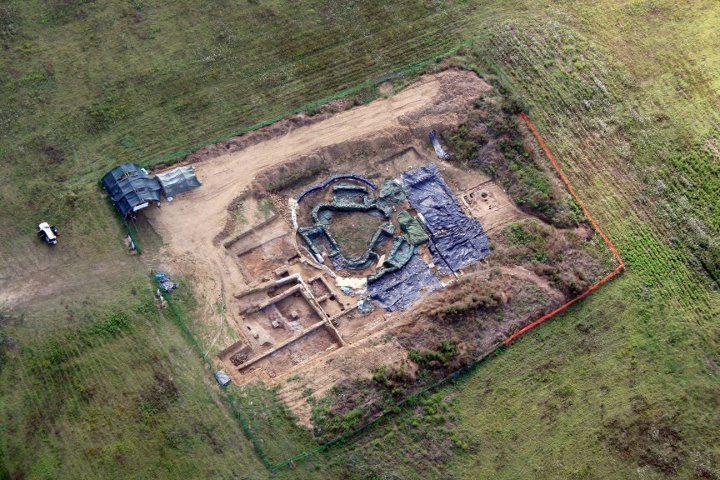Unfortunately not everyone knows that San Gimignano includes among its wonders, even an ancient Roman villa. It is an old building dating back to between the fourth and sixth century AD for many years in a state of complete abandonment. Now, fortunately, the bureaucracy seems to have come to an end and the municipality of San Gimignano has finally acquired the ownership of the site.
This will make it possible to resume the excavations that had been interrupted for more than two years ago.
The archaeological site of Torraccia di Chiusi, located in the heart of Val d’Elsa between the cities of San Gimignano, Siena and Volterra will then be reactivated. First, we will proceed to the safety of the site and then proceed to new digs that will have the responsibility to bring to light areas likely still not emerged of the villa. The aim is to arrive at a complete musealization area which also includes the exposure of numerous artifacts collected during the last years of work..
The excavation work are entrusted to the University Catholique de Louvain based in Belgium and are directed by Marco Cavalieri, professor of Roman archeology in the prestigious Belgian universities. In the coming days will also work to involve the University of Tuscany in the project assisted by the Archaeological Superintendence for the project to regional interests even local universities.
The excavation site was opened in 2005 and his work was continued until 2012 when they were interrupted by bureaucratic problems, and had left all over the site in a state of disrepair. Now the intention is to resume as soon as possible for deepen the studies: the aim is to investigate the Roman employment in Tuscany. Particularly interesting would be the academic comparison between the Roman and Etruscan civilization that found in Tuscany, the heart of its development. The argument has not been much studied and the Roman Villa of San Gimignano could give birth to a new path that, who knows, it could lead to review historical interpretations so far achieved.

